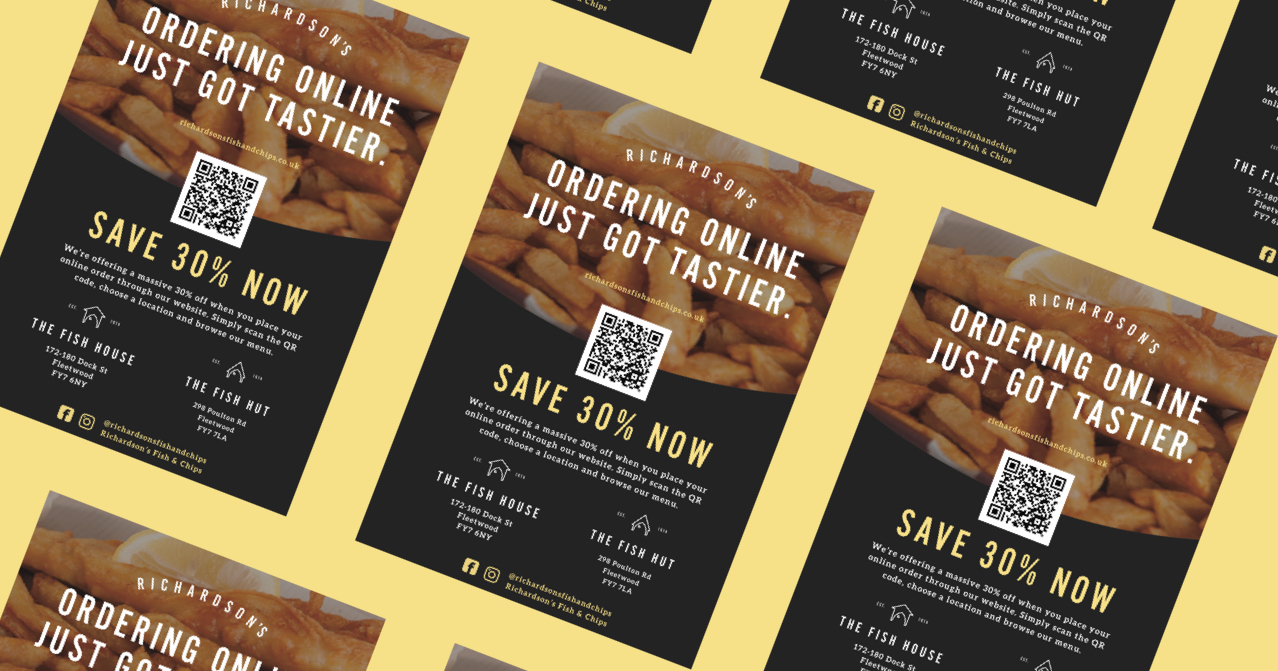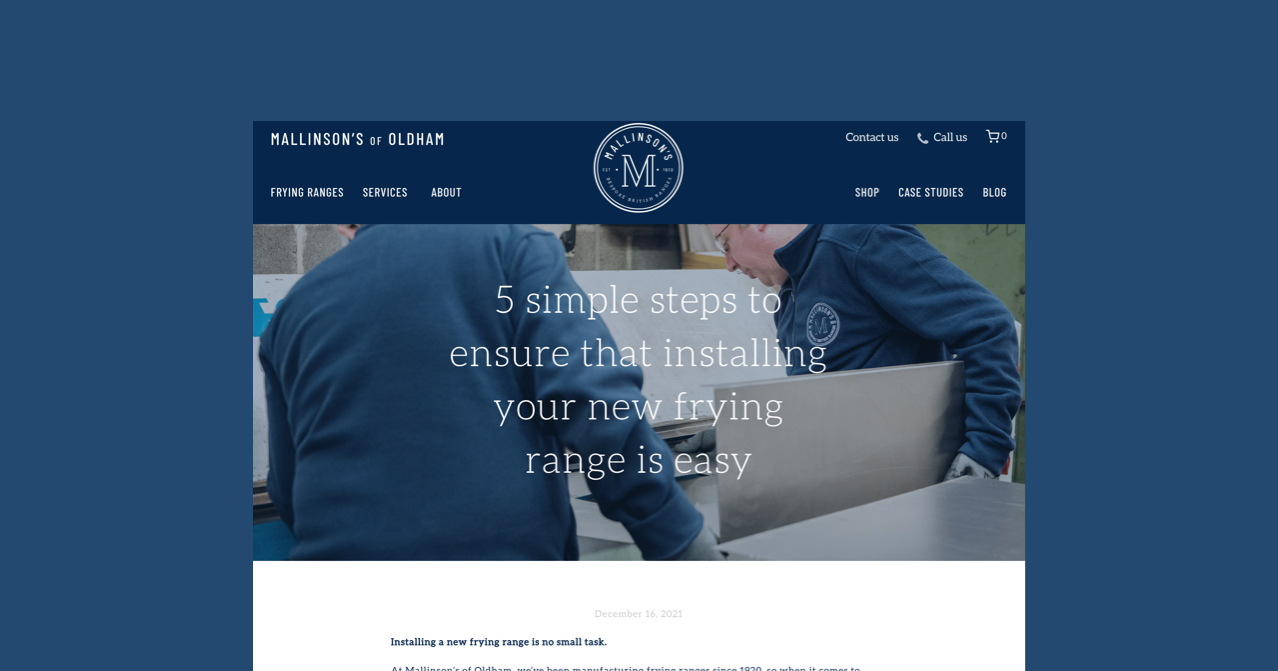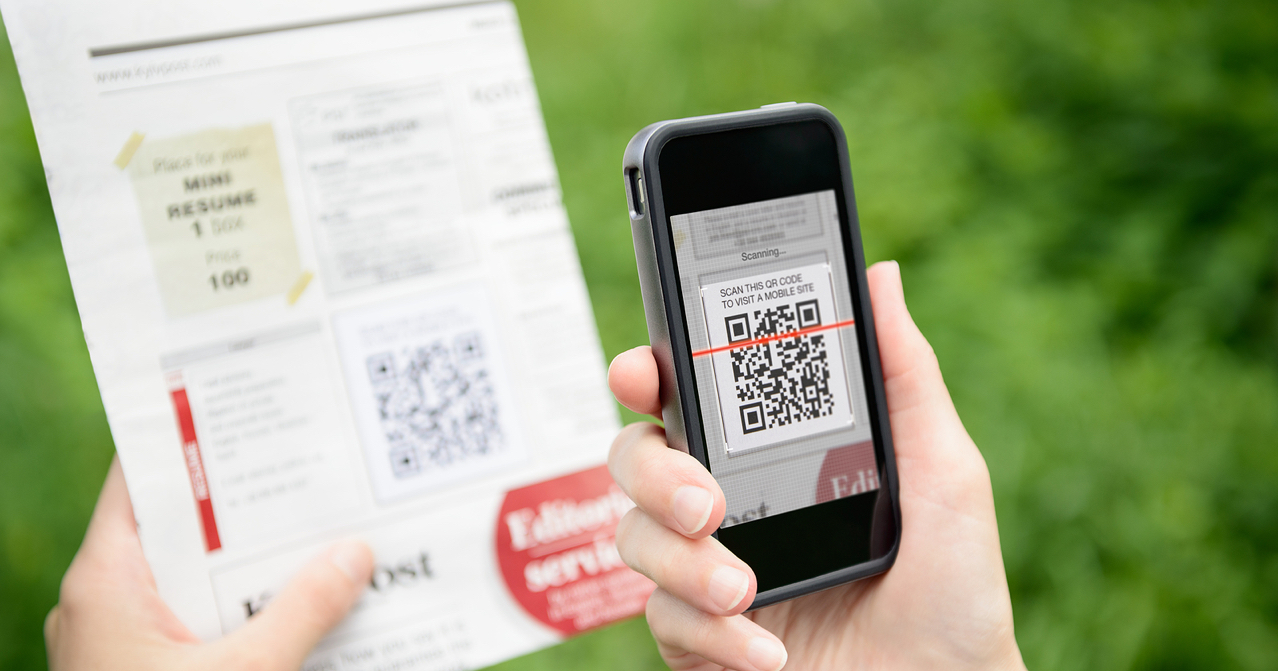There is no better time to re-evaluate your marketing strategy and introduce multi-channel marketing. In today’s ever-evolving digital world, it’s essential to take advantage of the emerging social and marketing platforms.
One of the most common marketing mistakes is focusing solely on one channel and overlooking the potential of others. By communicating through multiple marketing platforms, your food business is more likely to reach new and existing customers, therefore, giving you many avenues to develop customer connections, leads, and conversions.
This blog will uncover what multi-channel marketing is and the 5 key reasons why it can help your food business step up its game.
What is multi-channel marketing?
Multi-channel marketing is an integrated marketing strategy that engages customers across different communication channels. With 72 percent of consumers saying they would prefer to connect with brands through multi-channel marketing, this can easily be achieved by combining various channels into a single, coherent approach.
Email, websites, social media, display advertisements, search engines, promotional events, and restaurant or takeaway shop fronts are examples of these channels. Each customer touchpoint in a multi-channel marketing strategy contributes to the entire customer experience, regardless of which channel they choose to communicate through.
It used to be possible for a restaurant to succeed based on its food and reputation. Secure a decent location, attract customers, impress them, and begin to receive recommendations to generate a buzz and keep customers coming back. However, as more restaurants turn to online ordering and deliveries to stay afloat, having a strong online presence is key to making you more discoverable to potential customers and visible to your existing ones. Multi-channel marketing can not only strengthen your brand, but also make you more available, open new doors and reach new audiences, so let’s take a closer look at the benefits.
1. Find new customers

Food brands can enhance their reach to potential customers by expanding on marketing efforts to new channels. As many customers connect through a limited number of channels, incorporating multi-channel marketing will allow you to reach new audiences.
Your food brand can also leverage its online presence to create a consistent, personalised image, grow a consumer base, and increase customer loyalty. After all, the more visible a message is, the more potential customers your brand can attract.
Consequently, using multiple channels of communication in your food marketing strategy can increase conversions. Customers are more likely to buy from your food business when you reach out to them in ways that meet their lifestyle, preferences, and specific consumer needs, for example, sending out personalised emails with exclusive offers. Incorporating a multi-channel marketing strategy has never been more important for retaining customer loyalty and bringing new customers to your food business.
2. Maintain interest from existing customers

Some customers spend their days scrolling through social media channels, while others just use the internet sparingly for work. Some prefer to order online, while others prefer to come into your restaurant or takeaway. Either way, the most effective multi-channel marketing strategies are designed to target each of these consumers in some way.
The more out there your food brand is, the more likely it is that people will find and remember you. Therefore, your customers will recommend you to others, resulting in increased leads, bookings, and food purchases.
A rise in the number of marketing channels often equates to an increase in the number of potential customer touchpoints. By creating new channels of communication between you and your customers, this will help to maintain interest and a sense of connection.
3. Analyse customer interactions
Multi-channel marketing has a lot of advantages, one of which is the abundance of information and insight it can give you in order to better understand your customers. With 53 percent of businesses stating they rely on content marketing as an efficient branding strategy, it’s important to have customer insight into how they behave across all channels and at each and every touch point, as well as an understanding of how valuable each customer is to you in order to develop your strategies.
Every day, customers interact with a variety of media, so rather than waiting for customers to find your brand, discover which channels they prefer and meet them where they are. By doing this, you’ll efficiently be able to provide the content they want and easily achieve this using a multi-channel marketing strategy.
4. Targeted messaging

Targeted messaging focuses on meeting the needs of your audience through means such as personalised offers, your brand values, and USPs, as well as your tone of voice to resonate with your audience.
Multi-channel marketing effectively works alongside targeted messaging, and is often tailored to your customer’s demographic, location, behaviour, lifestyle choices, and purchase history, such as online orders. By using this information and data, your customers will feel as though you’re invested in their interests, resulting in improved conversions.
It’s all about encouraging potential customers to become loyal customers, which can be accomplished by better understanding your visitors’ goals and pain points, creating a connection with them.
Implementing multi-channel marketing into your strategy will necessitate a targeted, in-depth marketing strategy and as a result, will see customers engaging more with your brand.
5. Keeping up with innovation

Today, many food businesses are compelled to expand their marketing efforts to Instagram, Twitter, LinkedIn, Snapchat, and even some on TikTok. With so many trends circulating, leveraging your brand against competitors has never been easier. Short and behind-the-scenes video content, incorporating modern technology such as QR codes on menus to satisfy customer needs, incorporating user-generated content, and using local, micro-influencers to promote your brand are just a few examples. Trying new platforms, using social media to its full potential, and engaging with these trends will help your food business keep up with the ever changing digital world.
Food brands must continually seek out marketing methods to optimise their strategy. Through implementing multi-channel marketing, your food brand will thrive within the saturated market, stay ahead of the competition, and keep on top of the trends that your target audience are absorbed in.
So, is multi-channel marketing worth it?
As the number of digital platforms increase, so does the pressure for food brands to embrace multi-channel marketing.
Making multi-channel marketing a main component of your current food marketing strategy is important as it allows you to stay current with marketing trends and reach new audiences in the busy digital world. It can be easy to fade into the background, so stay ahead of the curve with unique and forward-thinking campaigns.
Although implementing multi-channel marketing into your business can leverage your food brand against competitors, it’s important you only choose channels that work for your audience. Avoid choosing all channels for the sake of it and focus on staying relevant to go where your target audience is, otherwise, you may achieve the reach but not the return. If you get it right, multi-channel marketing is definitely worth adding into your strategy.

Marketing that elevates the fish and chip experience
Discover how we brought the quirky personality of Simpson’s Fish and Chips across a multitude of marketing channels both online and offline.
Find out more

